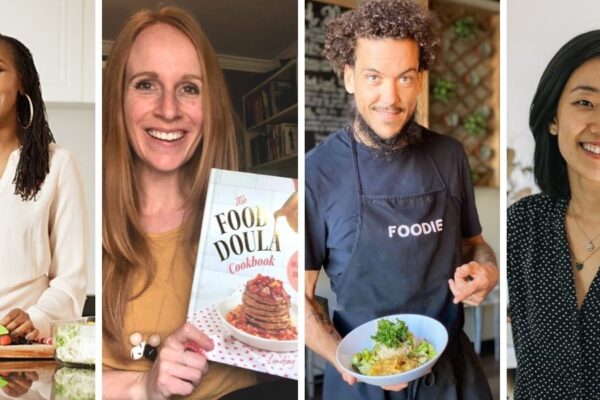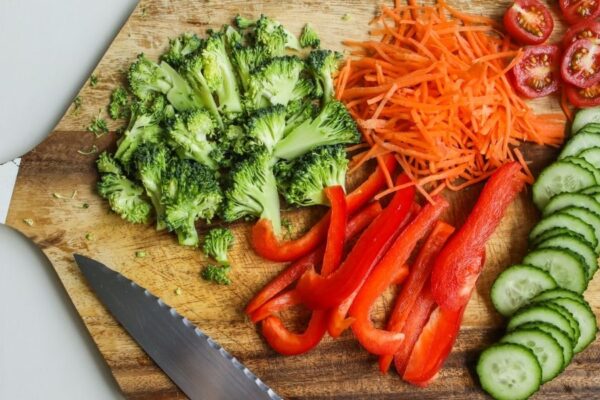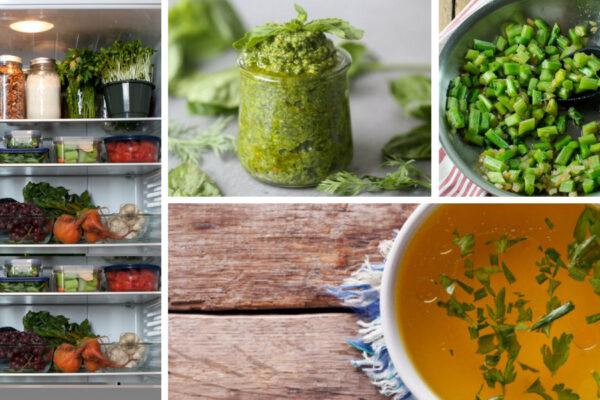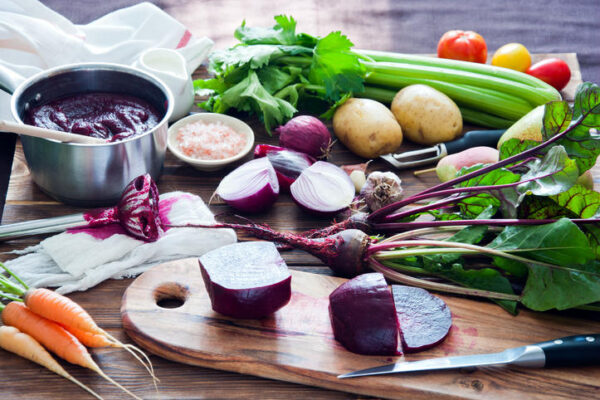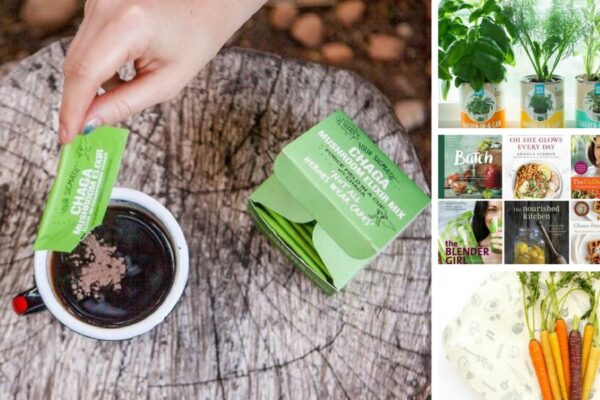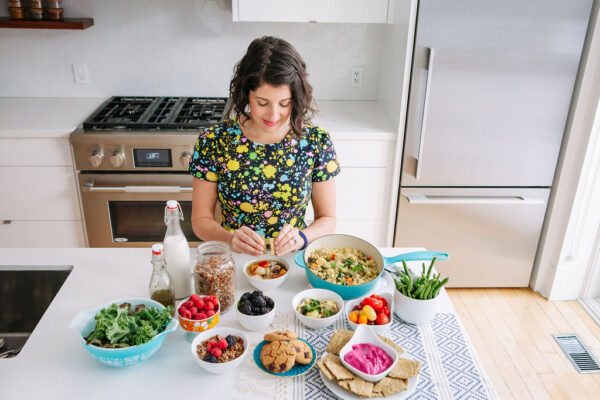Most Misconceptions About Healthy Cooking
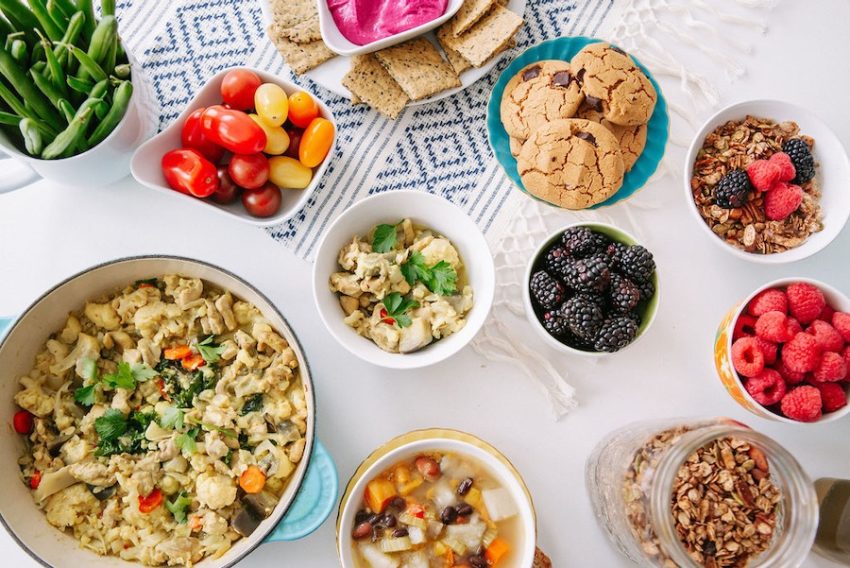
Healthy cooking from scratch can seem overwhelming, especially if you’ve convinced yourself you don’t have the time or skills to do so. Healthy eating doesn’t have to be complicated or time-intensive, and you can learn exactly how to cook everyday staples from scratch while having a whole bunch of fun in the kitchen (in fact, the delicious-and-fun concept drives our curriculum in the Culinary Nutrition Expert Program). If you think making nutritious food at home seems impossible, let’s break down some of the myths and misconceptions about healthier cooking – and how you can begin to exercise your cooking muscles.
7 Misconceptions About healthy cooking
Myth 1: Healthy Cooking Takes Too Much Time
This is one of the top reasons people feel there’s no point to healthier cooking. Like any new thing you pursue, there is a learning curve. While healthy cooking may take a little longer at the start if you’re new to basic cooking techniques, once you learn the fundamentals, such as knife skills, and easy recipes, like homemade nut milk, the prep and cooking time will fly by.
Recipe selection is key to saving time in the kitchen, too. If you plan to cook a recipe that takes three hours and requires 40 different ingredients, of course it’s going to eat up a ton of your time. Opting for recipes with minimal ingredients (or freestyling it without a recipe), as well as doing some light prep ahead of time, quickens the process.
We are also living in an era with so many wonderful tools and equipment to make our lives easier, like slow cookers and the Instant Pot, where we don’t have to be chained to the stove to enjoy a delicious meal.
Yes, it’s necessary to devote some time to cooking from scratch – it won’t magically happen unless you actually prioritize your schedule – but there are so many ways to spend that time in the kitchen wisely, which is something we delve into in much more detail in The Culinary Nutrition Expert Program.
Myth #2: Healthy Eating and Healthy Cooking Is Complicated
Healthy eating and cooking are not complicated unless you overcomplicate it. Choosing simple recipes that use minimal equipment and basic ingredients untangles the process so you’re not running around town looking for specialty foods or poring over lengthy cooking instructions.
We find it’s helpful to be organized when cooking from scratch, which might mean creating a menu plan or doing meal prep, but once you get into a routine you don’t need to reinvent the wheel – you can easily make the same recipes again and again and change them up by using seasonal ingredients, as well as herbs and spices, to add interest and variety.
Myth #3: The “I’m Not A Good Cook” Statement Excuses You From Trying!
If you can read, you can cook! Just keep it simple (see 1 and 2 above). Yes, it’s easier to have someone else do it, but everyone can and should know how to cook. It doesn’t have to be fancy. There’s an elevated level of skill that restaurant chefs possess that is simply not required in a home kitchen. Don’t be intimidated by celebrity chefs or dramatic cooking shows on television that ask contestants to make an elegant meal out of random ingredients in 15 minutes.
We are certainly not dismissing the talent and artistry of trained chefs: it’s why people enjoy eating at restaurants. But from a home cooking perspective, let’s demystify the process: once again, if you can read and follow instructions, you can cook.
Myth #4: Healthy Cooking Is Expensive
Restaurant food, takeout and pre-packaged meals are more costly than making food at home. People are spending more and more money on eating out, but a recent report found that dining at a restaurant (or getting takeout from a delivery app like UberEats) is five times more expensive than cooking at home.
We don’t deny that food costs are going up, and for those who live in food deserts it’s difficult to find ingredients to cook with, but those who have access to a good grocery store can save a lot of money by cooking from scratch.
If you mainly purchase expensive foods like truffle oil or caviar, or buy foods when they’re out of season, then yes you are definitely going to spend a ton of cash. However, choosing budget-friendly ingredients and creating budget-friendly recipes, helps you eat healthfully at a lower cost. Reducing your food waste by actually using what you buy or re-purposing leftovers goes a long way, too!
We also need to think more broadly when considering food costs: what is the overall impact on our health and quality of life? In one analysis of survey data, study participants who cooked at home were more likely to eat healthier without incurring an extra cost – whereas those who ate out frequently spent more money for lower quality food. Another study found that those who cooked at home (at least five times a week) consumed a better quality diet, ate more fruits and vegetables, and were more likely to be at a healthy weight.
Cheap convenience food may cost less in the moment, but you may pay more later in health care costs or lost income due to illness.
Myth #5: You Need a Lot of Equipment and Fancy Gadgets
You don’t need a ton of tools and equipment to start healthier cooking from scratch. Here are some basic, inexpensive tools to start off with. You don’t even need a full kitchen to make a healthy meal at home! Take a look at some handy equipment to have if you want to cook in a small space like a dorm room or bachelor apartment with a kitchenette. We are not big fans of single-use gadgets either like avocado slicers or banana cases – so you can skip those.
Myth #6: Healthy Cooking Doesn’t Taste as Good
There’s a reason why we keep reaching for potato chips or soup from a can – companies manipulate our taste buds using salt, sugar, and fat so we reach a bliss point and feel deliriously happy with what we’re eating and don’t want to stop. In those moments, we believe the frozen pizza we’re eating is the best thing ever.
Here’s a secret: nutritious food cooked from scratch usually tastes better than the store-bought alternatives. We just don’t realize it until we’ve made our own condiments, gluten-free bread, decadent cookies, whole food frostings, or dairy-free ice cream. Once you’ve tried the homemade version, it’s really hard to go back to store-bought or takeout options. Check out these culinary nutrition swaps for what you can swap in for items like chips and margarine.
Myth #7: Healthy Cooking is Boring
Only boring people get bored, right? (Just kidding!). Whether we’re checking our sprouts for little tails, assembling a healthy charcuterie board, baking a batch of gluten-free cookies or whipping up a dairy-free chocolate dessert, we always find joy and happiness in the process.
The Culinary Nutrition Expert Program has the best edible homework ever. Each week, our students explore novel recipes and techniques through recipe assignments (and there may be some dancing and singing in our instructional videos). We teach you how to create your own recipes and experiment in the kitchen – leading to exciting new healthy recipes!
Healthier cooking in your own kitchen is worth your time and effort. If you need help and inspiration, the Culinary Nutrition Expert Program offers nutrition strategies you can apply to your everyday eating, positively impacts the health and well-being of yourself and your family, and can help you leap into a new career or enhance the work you’re currently doing.
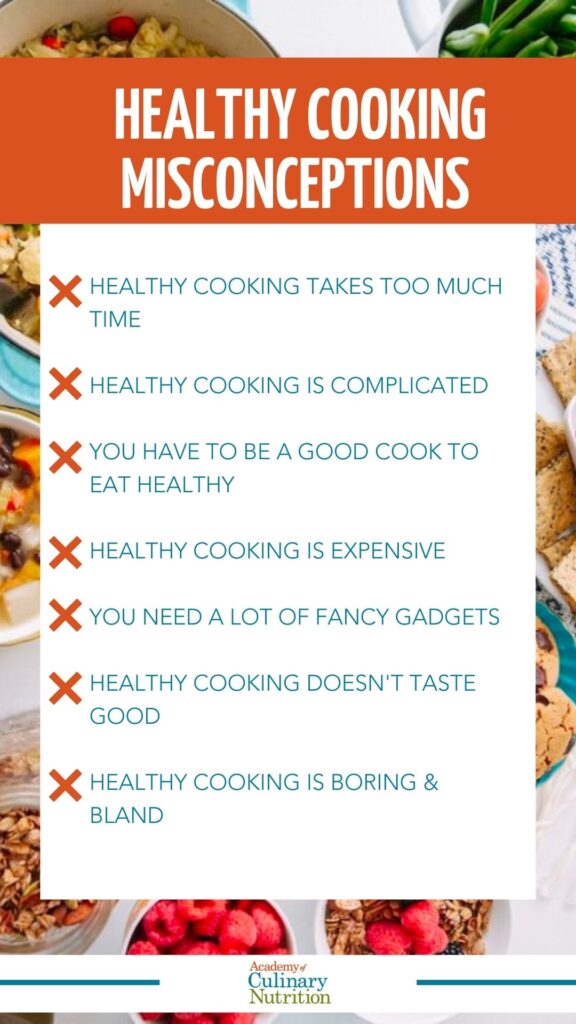
Free Resource Library
Enjoy more than 40 downloadable guides, recipes, and resources.
















